Unlike the trains in Switzerland, I don’t always run on time, which is why I found myself standing at the platform at the Montreux railway station watching the train I was supposed to be on pulling away without me. It doesn’t seem accidental that this is a country that runs like clockwork: From the hand-painted cuckoo clocks that fill the tourist shops to the simply functional Mondaine clocks that are the “official timekeeper of the Swiss Railroad” to the flash-fashion Swatches in ridiculous colors like lime green and bubblegum pink to the bejeweled works of art found in the watch shops of Geneva, this is a country where everyone, it seems, knows what time it is. Except, apparently, me.
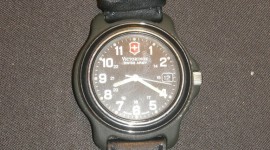
Which would make this a good time and place to buy a watch, a clock — or (while I’m at it) perhaps one of the many other souvenirs Switzerland is famous for.
In Your Bucket Because….
- You can’t get more classic than a Swiss watch.
- You can’t get more kitchy than a cowbell or a cuckoo clock.
- Good for: Shoppers who appreciate quality in either their kitch or their classics.
Swiss Army Knives
Let’s start with the obvious: Swiss Army knives, which you’ll see virtually everywhere in the country. They range from miniatures barely bigger than a pen cap to models that include virtually an entire hardware store. The knives are made by two companies, Wenger and Victorinox, both of which claim to make the “original” and “authentic” knives for the Swiss Army,
And they are both telling the truth. When the Swiss government decided that each solider should be outfitted with a good army knife, it needed to choose a supplier. Victorinox and Wenger shared a common history, but one was in the French speaking canton of Jura, and the other was in the German speaking canton of Schwyz. To ensure harmony, the government decided to split the contract and give licenses to both companies (perhaps a demonstration of the attitude of compromise and cooperation that makes it possible for a country with four distinct languages and cultures — French, German, Italian, and Romanche — to survive harmoniously).
Yes, they are available widely in the U.S.A. and Canada as well, but visitors can buy knives and other products (including watches) directly from the Victorinox factory in Ibach.
Traditional Swiss Crafts
In contrast to the sleek metallic knives and watches is “Swiss kitch” — the ubiquitous rustic cuckoo-clock-and-beer-mug selections found in stores, open-air markets, and Christmas markets throughout the country.
- Traditional beer steins are a staple of central European markets. Large ones are mostly decorative (one hopes) or can be used to hold cooking cutlery; more reasonable sizes can be used as actual drinking mugs. Smaller mugs start at around $25; larger mugs have larger prices.
- Music boxes are beautifully carved, and available in all sizes, many of them showing the mechanisms at work inside. Prices start around $50 and go up according to size and decoration.
- Cuckoo clocks are similarly available in a variety of sizes and prices ranging from $30 or $40 to many hundreds of dollars for large complex pieces. They have to be packed carefully for travel (or shipped).
- Wooden walking sticks are a staple Alpine craft. With today’s trekking pole technology, few backpackers (at least in America) actually use old-fashioned walking sticks any more, but hand-carved staffs make nice souvenirs, especially if the traveler buys commemorative metal plates bearing the insignia of various cantons. The only problem is transporting them, because walking sticks cannot be packed in hand luggage. Some travelers report wrapping them in paper and tape for checked luggage, but there’s a chance they may not make it.
- Cowbells. There can never be too much cowbell. The hills are alive with the sounds of cowbells. Okay, enough of that: Hammered or cast-metal cowbells start at $25 for very small miniature models; prices go up as steeply as the mountains with size, to well over $500 for large bells.
- Textiles, including lace, linens, traditional children’s clothes and the delicate Hanro undergarments make lovely gifts to bring back.
Swiss Wine, Cheese, and Chocolate
What’s so special about Swiss chocolate? Swiss chocolatiers invented the process of adding milk to chocolate. Lindt and Nestle are two of Switzerland’s biggest chocolate makers, and Lindt, particularly, makes beautifully packaged souvenir and gift boxes. While both brands are widely available in the USA, you’ll find some flavors in Switzerland that you won’t find in the States or Canada. Factory tours (and discounts) are available at the Caillers-Nestlé factory located in the town of Broc, not far from the town of Gruyeres, famous for its cheese.
Swiss wines aren’t well-known outside of Switzerland; most are made for local consumption. Look for vineyards around Lake Geneva, where the warm climate is suitable for wine-making. (Along the train tracks between Geneva and Montreux, you’ll see tiny little vineyards with vines planted just about anywhere big enough to hold them.) The use of a screw-on cap is not a sign of cheap wine here: It indicates that the wine is not meant to age, but should be drunk soon after bottling.
Buying cheese to take home is always a problem for tourists: Does it need refrigeration? Will it be allowed through customs? Or will it stink up the luggage and be inedible, even if it does make it home? For travel, choose dry, hard aged cheeses over soft raw cheeses (which often won’t be allowed through customs).
Or choose a packaged Swiss fondue mix. Traditional fondue is actually a product of harsh mountain winters and necessity, as people had to rely on food on hand — aged dry cheese, and dry bread that was softened by soaking it in the melted cheese. Packaged fondues contain Gruyere cheese along with the kirch and spices that create the distinctive fondue flavor. The packages will ultimately need refrigeration, but they will survive the journey home.
Packages of spices for mulling wine and cider are available at Christmas markets throughout Switzerland, and make lightweight, easily portable and original gifts.
Swiss Clocks and Watches
And finally, back to time-keeping.
In addition to cuckoo clocks, clocks made by Mondaine are popular. Mondaine makes the clocks for the railroads in Switzerland, and offers a selection of plain, slightly retro analog clocks ranging in price from about $150 to $200, depending on size.
Swiss watches became icons of craftsmanship, accuracy, and ornate design during the country’s Calvinist days, when jewelry and personal adornment were forbidden. At the time, Geneva was an important center of Europe’s jewelry industry, and the new religious order threatened to shut it down. However, there was a loophole: functional objects, such as watches, could be ornate. So Geneva’s jewelers collaborated with the city’s watchmakers, creating the tradition of fine Swiss watch-making.
Modern Swiss watches include some of the finest in the world, with elaborate mechanisms and jewels, costing thousands of dollars. For average budgets, the popular (and inexpensive) Swatches are widely available, as are sturdy, functional watches made by Victorinox and Wenger, the official makes of Swiss army knives.
But don’t expect bargains: Swiss craftsmanship is meticulous and time-consuming. As a guide leading a tour in Lausanne said, “If you want a cheap watch, go to Asia. We don’t make them here.”
Practicalities
- Swiss Christmas markets, such as those held in Lausanne, Geneva, and Montreux, are a good place for shopper to pick up not only typical souvenirs, but holiday specials such as ornaments.
- Sweitzer Heimatwerk has a wide selection of Swiss crafts and products from cowbells to army knives. They have branches in Zurich, Basel, Geneva and in the Zurich and Geneva airports.
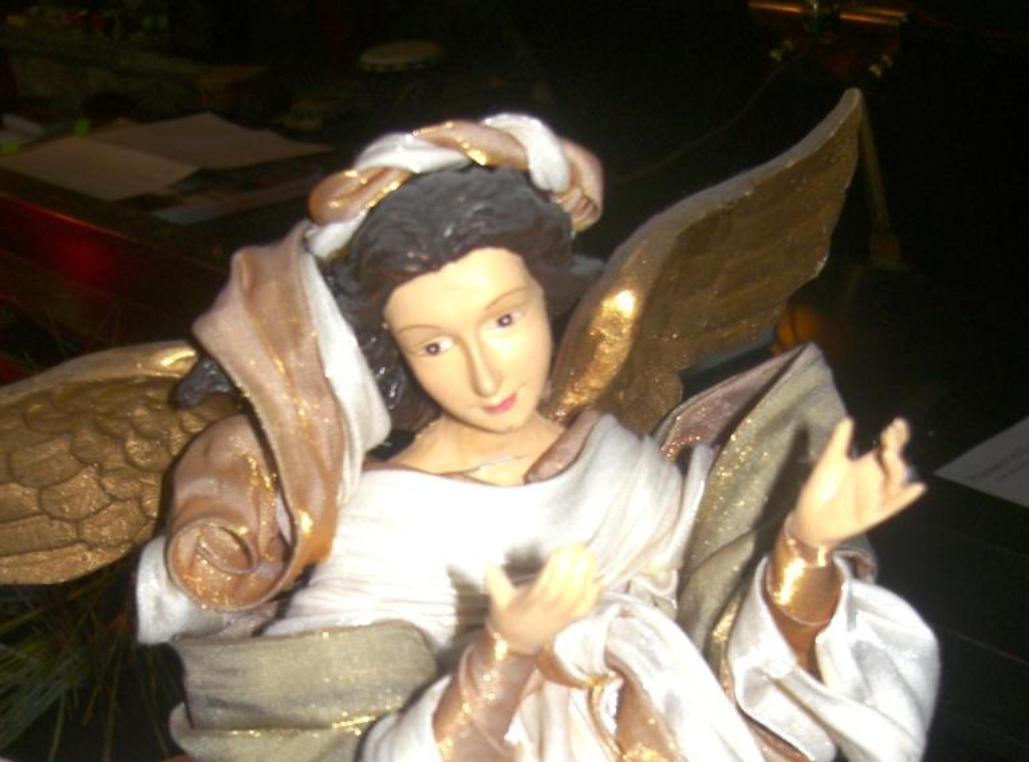
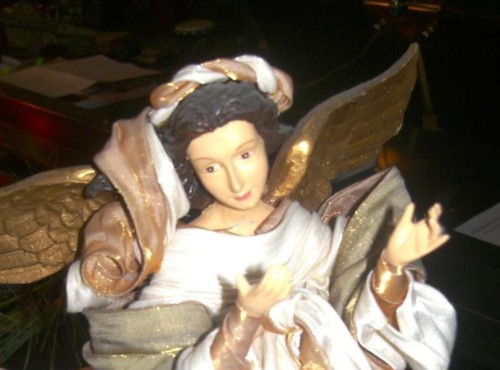
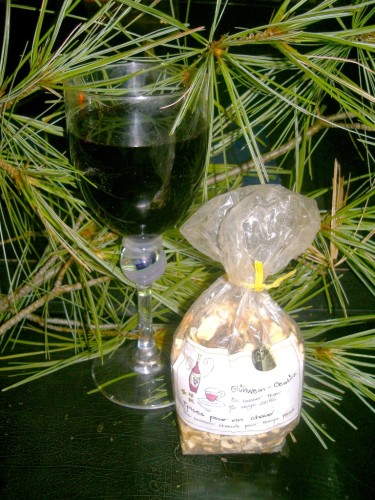

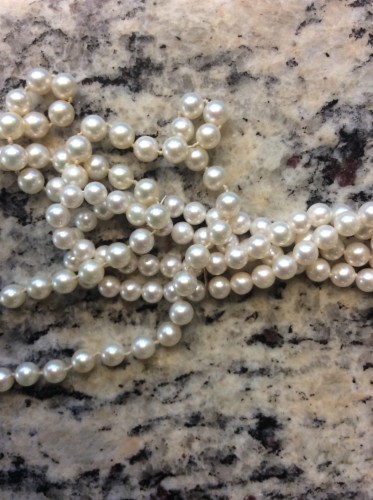

Art galleries and some handcraft cooperatives in Switzerland sell intricate paper cuttings in traditional designs, easy to pack and lightweight. They are not cheap, but they are original works of art and their style is unique to the Alpine regions.
… but not cheap! (Not that everything needs to be inexpensive, but people shouldn’t think that just because it’s “only” paper” it’s inexpensive — they take DAYS to make, and if you make a mistake, it’s often unfixable! I do have a COPY of one such, laminated onto plastic as a placemat. Thanks for bringing those up.
I couldn’t have described shopping in Switzerland any better than you did, and yet I grew up around all of it.
Thank you for taking me back home for a moment!
Good read ,
We r planning to visit montreaux in June . Do u have any suggestions on where I should be shopping to get a good deal on gifts to bring back home. No cheese .
Any suggestions is greatly appreciated.
Thanks in advance
Pearse